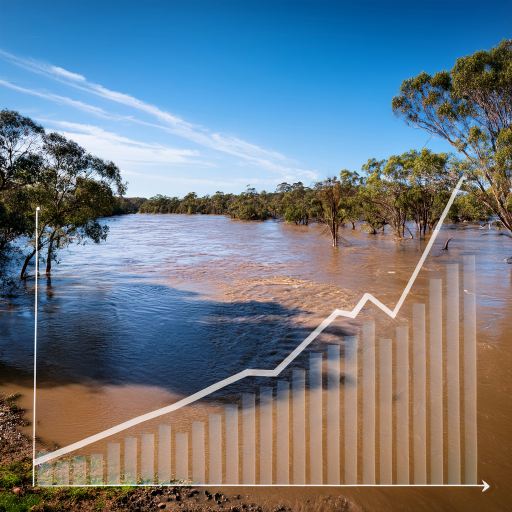On-demand
RMC-BestFit deep dive: unlock the full power of Flood Frequency Analysis
Explore modern flood frequency analysis with Bayesian inference, nonstationarity, and peaks-over-threshold using RMC-BestFit.

About
Take sessions at any time, at your own pace with unlimited access for 30 days on sign up.
This comprehensive 3-part course is designed for engineers and hydrologists who wish to develop practical, hands-on skills in using RMC-BestFit for modern flood frequency analysis (FFA). The course will guide participants through the process of handling time series data, incorporating historical information, performing distribution fitting and Bayesian analysis.
In addition to core flood frequency analysis techniques, the course covers a range of advanced topics including nonstationary analysis, peaks-over-threshold methods, mixture models, and model averaging. These topics will provide participants with a deeper understanding of the complexities involved in modern hydrological analysis to address more sophisticated challenges.
Throughout the course, the presenters will demonstrate the features and functionalities of RMC-BestFit using real-world examples, allowing participants to see how the techniques are applied in practice. By the end of the course, participants will be well-equipped to analyse flood data with enhanced accuracy and confidence.
Details
| Format | 3 x 2-hour recordings + course material & resources |
|---|---|
| Cost | AUD $895.00 (INC GST) |
| Code | OD-25-3-137 |
| Contact | training@awschool.com.au |
| Tags | Climate Adaptation |
Register your interest: https://awschool.com.au/training/bestfit-deep-dive/
Presenters
Haden Smith
USACE, RMC & HydroSmith LLC
Panel Members
Rory Nathan
University of Melbourne
Declan O'Shea
HARC




